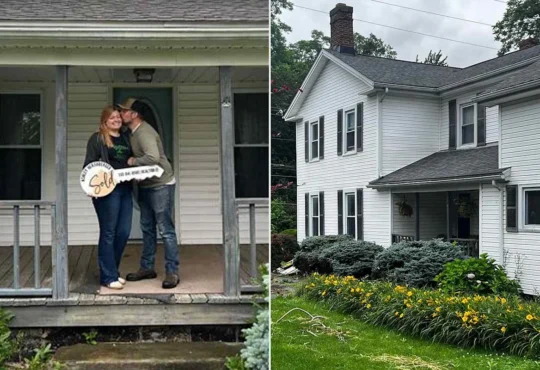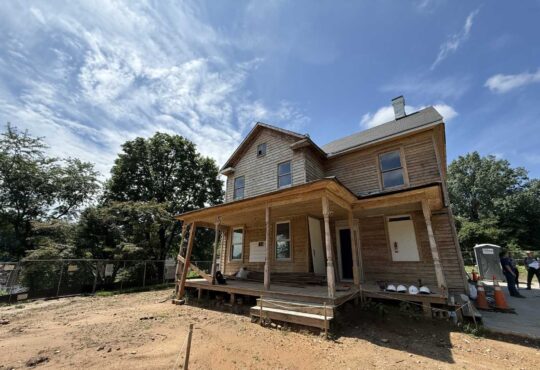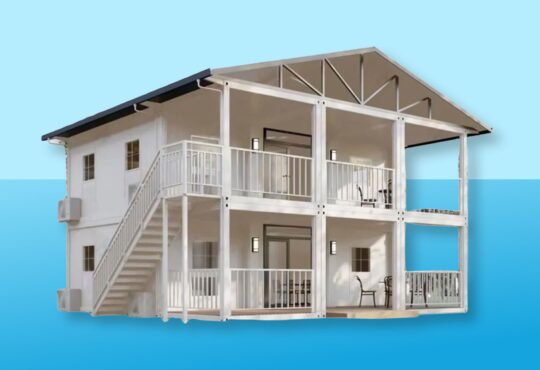
- The owner’s insurance will not cover the mold remediation because it was not caused by a “sudden and accidental loss.”
- Florida’s Condominium Act and the association’s governing documents determine who is responsible for repairs from non-insurable events.
- The condo association may argue the owner was negligent, potentially making the owner liable for repair costs even if the association initially pays.
Live in a home governed by a condominium, co-op or homeowner’s association? Have questions about what they can and cannot do? Ryan Poliakoff, an attorney and author based in Boca Raton, has answers.
Question: I own a condo that has mold growth due to a humidity bloom caused by my A/C system. I think the temperature was set too high, 77 degrees, when it was unoccupied — which resulted in humidity levels reaching into the 80s. My condo insurance does not cover mold remediation caused by a humidity bloom. I’ll have to remove some popcorn ceilings due to visible mold in addition to several other remediations. I am pasting below an email I received from my insurance company suggesting that the condominium may be responsible to repair the damage, and I am hoping you can give me some advice. Signed, A.S.

Dear A.S.,
The situation that you describe is very common. Many people whose primary home is in a northern state are unaware that air conditioning in Florida is not just for comfort — it is your primary line of defense against mold.
Mold requires three things to grow — moisture, heat and darkness. Your A/C, when set to a temperature that allows it to run on a semi-regular basis, dehumidifies the air and makes mold growth far less likely. You set yours right on the edge of what I typically see recommended — I have seen recommendations as high as 78, but frankly I think that’s too high unless you are monitoring your humidity regularly (which is quite easy to do with the new Internet-connected thermostats). I would think something closer to 76 would be reasonably safe, but again it’s something you really want to monitor regularly, rather than just trusting that your unit is warm enough that the A/C will run with enough frequency to dehumidify the air. You could encounter an unusual situation where your unit doesn’t get particularly hot, but it does get humid — and that might keep the A/C from turning on and be enough to allow mold to develop.
But that’s for the future. Now, you’ve sent me a letter from your insurance company explaining the many reasons why your policy does not provide coverage. The first, and primary reason is that the damage was not caused by a typically insurable event, like a flood or fire. Your insurance company describes this as “sudden and accidental loss.” Your policy also has mold exclusions and other reasons why, even absent that, they may not have covered the damage — but I do think it would be unlikely that you would succeed if you decided to fight their coverage position. Their response is what I would have expected.
The insurance company then cites Section 718.111, Fla. Stat. and suggests that the condominium is responsible to repair this damage, and that you should contact them accordingly. But their letter isn’t entirely correct.
The Condominium Act says that an association is responsible to insure the condominium property as originally installed, minus certain specific items like flooring and wall coverings; and that if there is damage due to an “insurable event,” the association would be responsible to repair that damage. If damage is caused by any non-insurable occurrence, then your governing documents dictate which party makes which repairs.
My problem with your insurance company’s analysis is that they’ve already acknowledged that this is not an “insurable event,” as it was not a “sudden and accidental loss.” So, if they didn’t think it was an insurable loss under your own policy, I don’t see why they feel that would be different with respect to the association.
Given that, the responsibility to repair your ceiling and any other damaged areas is going to come down to your declaration of condominium. Usually, condominium associations are responsible for ceilings and perimeter walls, but that’s not universally the case. You need to review your declaration to see for sure.
However, and even if your governing documents make your condominium association responsible to repair the damage in your unit, here’s the problem — the Condominium Act further says that when any damage is caused by a unit owner’s negligence, the association is still responsible to repair the damage, but any amounts not collected from insurance can be collected from the negligent owner (by lien and foreclosure if necessary).
Your association is going to have a very good argument that you negligently set your temperature too high, causing the damage to your unit — so, even if they are responsible to repair that damage, they can go after you for the costs. You could fight that determination, and perhaps there’s some defect in the building that led to the humidity spike despite your A/C temperature being set on the high side. It’s worth doing a detailed review to find out. But past that, it will likely be far more expensive to fight the association than simply repairing the damage in your unit, and I don’t think you’d have a high likelihood of success.
So unfortunately, this just looks like on of those things we all are sometimes responsible for when we own a home.
Ryan Poliakoff, a partner at Poliakoff Backer, LLP, is a Board Certified specialist in condominium and planned development law. This column is dedicated to the memory of Gary Poliakoff. Ryan Poliakoff and Gary Poliakoff are co-authors of “New Neighborhoods — The Consumer’s Guide to Condominium, Co-Op and HOA Living.” Email your questions to condocolumn@gmail.com. Please be sure to include your location.






